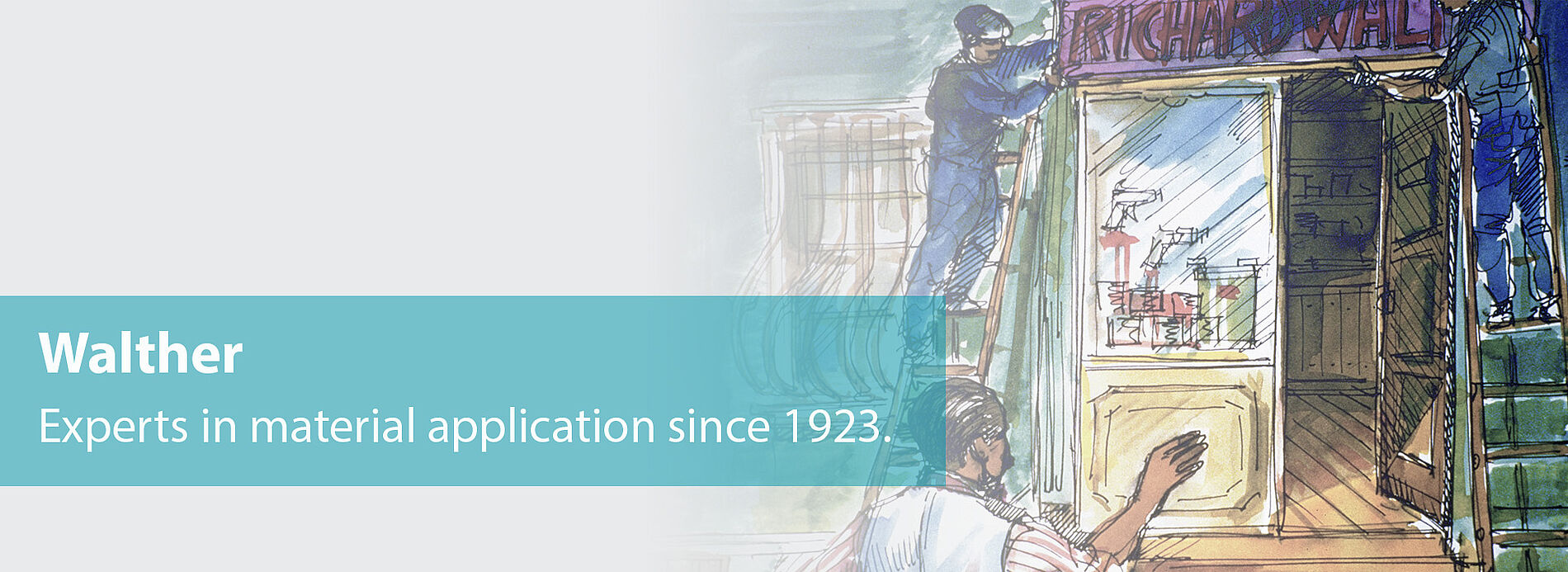
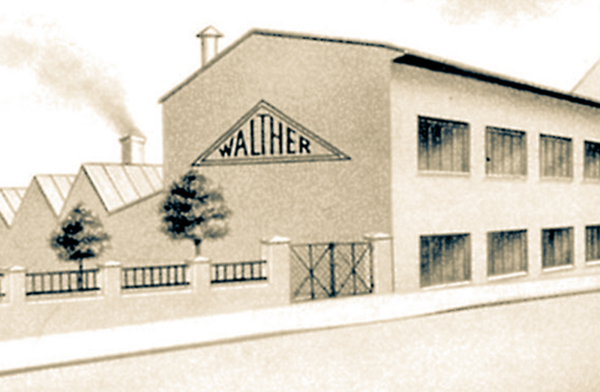
1920s
Walther Spritz- und Lackiersysteme GmbH was founded in 1923 by Richard Curt Walther in Wuppertal Vohwinkel. With the development of the "Luftikus" spray gun, the company revolutionized paint spraying technology in 1929, significantly shaping vehicle painting in Europe.
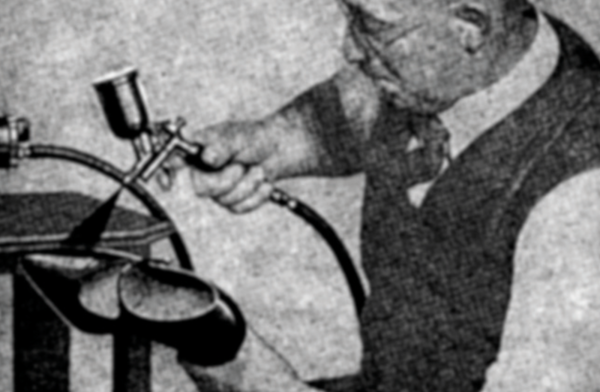
1930s
In the 1930s, the Walther brand played a key role in the industrial transformation with innovative techniques. The introduction of the "Small paint spraying system" and efficient spray devices for small parts secured the brand's early popularity.
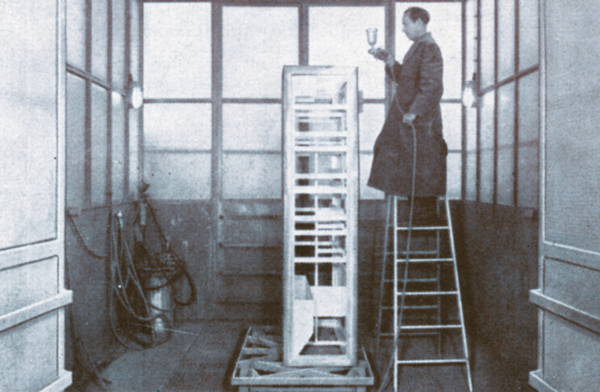
1940s
Despite the global situation in the 1940s, Walther presented innovative solutions from 1945 onwards: portable pressure tanks increased production efficiency, while early developed extraction systems, ventilation systems, and combined spray and drying booths revolutionized the industry. Walther established itself as a pioneer prioritizing both performance and employee health.
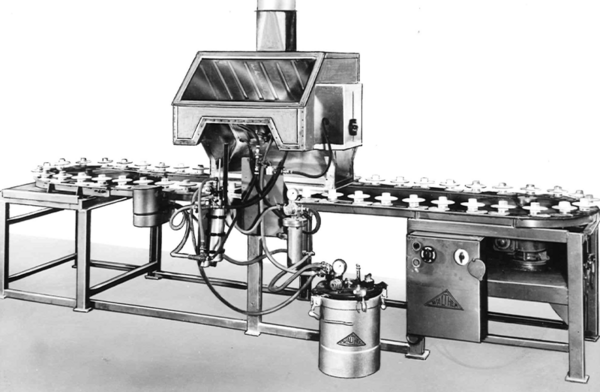
1950s
In the 1950s, Walther developed the first automatic spray guns, reshaping the industry and supporting the rapid growth of vehicle mass production. The expansion of the pressure tank range made Walther a leading manufacturer of material pressure tanks.
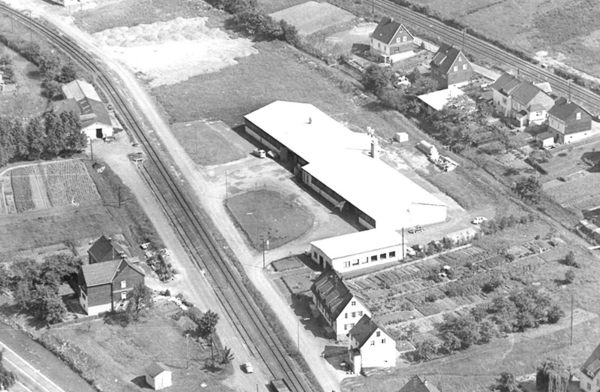
1960s
In the 1960s, Walther solidified its position as a market leader in tank construction with a second production facility in Siegerland. The introduction of "Airless Paint Spraying" and the first paint spray robot, along with the establishment of the brand name "Walther Pilot," characterized this era. However, the decade ended with the painful loss of Richard Curt Walther, a significant setback for the company.
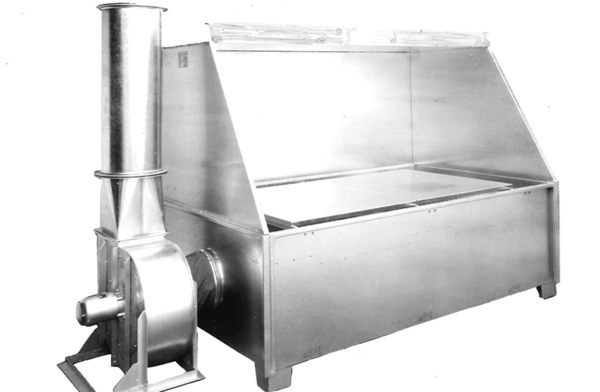
1970s
The 1970s marked a change in leadership at Walther Pilot. The company responded economically to the growing demand for efficient adhesive application systems - a strategic move emphasizing the company's adaptability.
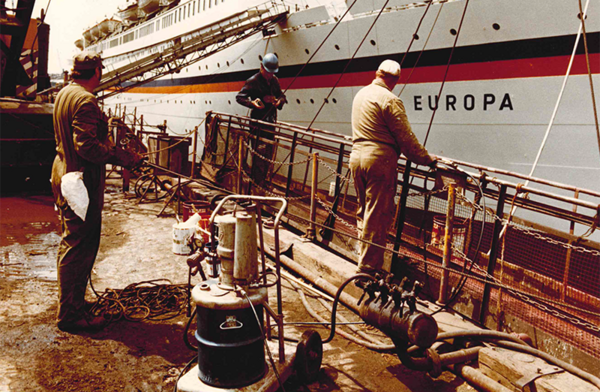
1980s
On October 22, 1987, "R. C. Walther GmbH & Co. KG" was renamed "Walther Spritz- und Lackiersysteme GmbH." Walther ventured into the promising field of marking technology, positioning itself as an innovator and successfully contributing to the company's regeneration into a new era.
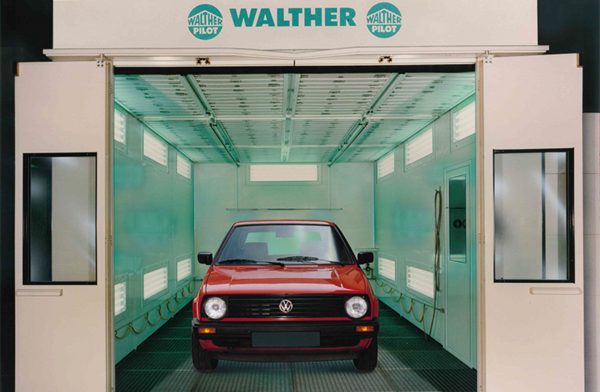
1990s
In the 1990s, Walther's business strategy proved to be successful. The introduction of the "Small Plant Engineering" (KLA) division and the strengthening of the company's international presence strengthened its market position.
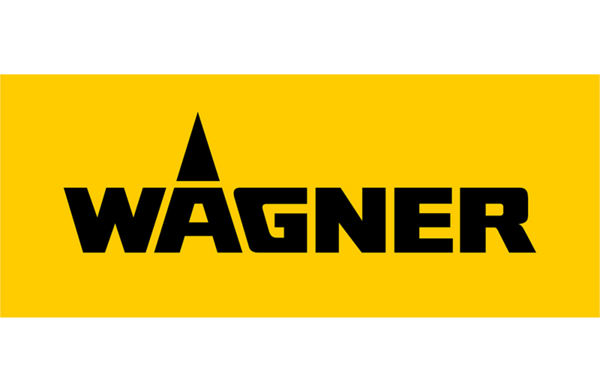
2000s
The 2000s was Walther's evolution and specialization. In 2002, the company was acquired by J. Wagner GmbH but retained as an independent brand. The development of nozzle extensions and the expansion of bonding technology are the focus during this time. Walther underscored its commitment to the highest safety and environmental standards.
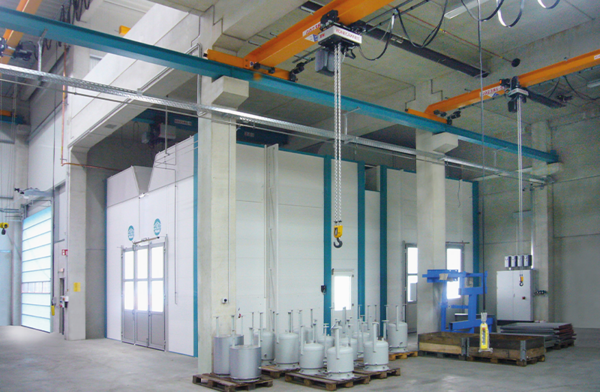
2010er
In the 2010s, digitalization, automation and environmental protection shape the painting industry. Walther responds with innovations, infrastructure expansion and dynamic corporate management. The modernization of the Wuppertal site from 2018 reflects Walther's efforts to move with the times and promote innovation.
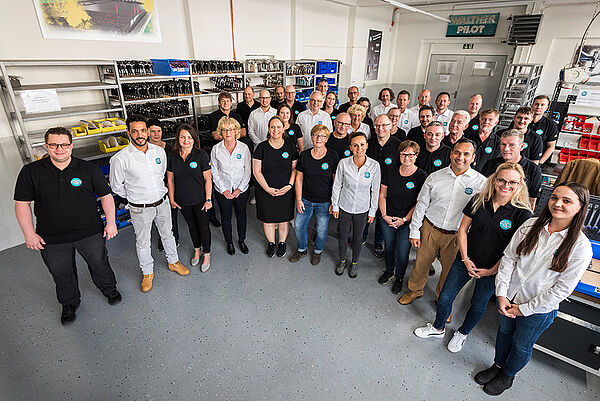
2020s
In the 2020s, Walther is focusing on decisive innovations, such as a change in management and greater sustainability. This demonstrates the company's determination to reduce its ecological footprint. Walther celebrates its 100th anniversary on December 15, 2023.